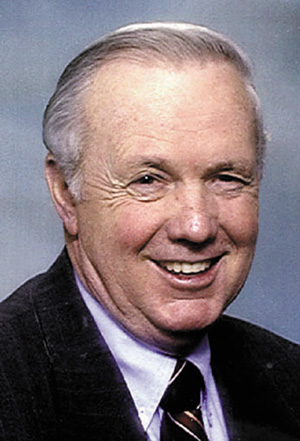No. 1248 -- AMERICA’S FIRST GREAT ENGINEERING FEAT!
THE NEXT PASSWORD IS TURNIP
No. 1248
Jim Davidson...NEWSPAPER COLUMN
AMERICA’S FIRST GREAT ENGINEERING FEAT!
The date of May 10, 1869, was a very significant one in the history of our country. On this date the Transcontinental Railroad was completed. A gold spike was driven at Promontory Summit, north of the Great Salt Lake in Utah, linking the Central Pacific and Union Pacific Railroads.
This could be called America’s first great engineering feat, even though it actually involved hard work, tremendous danger and great amounts of money. The idea was first promoted by a young engineer named Theodore Judah. He identified Donner Pass in Northern California as an ideal location for constructing a railroad through the formidable Sierra Nevada Mountains.
Now before I move on, let me pause here and share why this was so important. By 1850 there were more than 9,000 miles of railroad track built east of the Mississippi River, but other than a short span from San Francisco to Sacramento, Calif., there were none west of the Mississippi River. For people who wanted to travel from New York to San Francisco, the trip across country was very dangerous, time consuming and costly. Many instead chose to travel by ship around Cape Horn, a journey that took more than six months and cost from $600 to $1,250. Jumping ahead a bit, when this railroad was completed the time of travel was reduced from six months to two weeks for less than $200. This also opened up tremendous business and settlement opportunities as our population began to move west. Many had already traveled there because of the California gold rush of 1848, but they got there the hard way.
Now, that is the backdrop, so let’s get this railroad built, which is a lot easier said than done. After getting investors involved, getting Congress to approve, and with President Abraham Lincoln on board, two companies were organized -- one would proceed from the west, the other from the east -- and they would meet somewhere in the middle. Because the western part included tunneling through solid granite and fighting the Indians, the Central Pacific (west) built 690 track miles and the Union Pacific (east) built 1,086 miles. There were great financial incentives supplied by the government which created competition between the two companies.
This project started in 1863 for the Central Pacific. If you recall, the Civil War started in 1861, so not much progress was seen by the Union Pacific until the war was over in 1865, and then many of those who completed the east link were veterans of the Civil War. After Gen. Grenville Dodge, a hero of the Union Army, took control as chief engineer, the Union Pacific began to move westward in May 1866. The company suffered bloody attacks on its workers by Native Americans – including members of the Sioux, Arapaho and Cheyenne tribes. On both sides of the project, ramshackle settlements popped up wherever the railroad went, turning into hotbeds of drinking, gambling, prostitution and violence and producing the enduring mythology of the “Wild West.”
With all of this said, the real task now was building the railroad on both ends. The workers toiled through back-breaking labor during both frigid winters and blazing summers. Hundreds died from explosions, landslides, accidents and disease. One important note is the contribution of Chinese immigrants who performed most of the work on the western side but received little credit. I am grateful for those who built this railroad, aren’t you? Special thanks to Dr. Roger Lewis for his editorial help.
---
(Editor’s Note: JIM DAVIDSON is an author, public speaker, syndicated columnist and founder of the Bookcase for Every Child project. Since its inception in 1995, Jim’s column has been self-syndicated to over 375 newspapers in 35 states, making it one of the most successful in the history of American journalism.)
THE NEXT PASSWORD IS TURNIP
